
Not only do flowers provide a splash of colour to your garden, but there are also many that you can eat! In this guide, we’ll explain what flowers are edible, where to buy edible flowers, and tell you how to bring your garden to your kitchen with beautiful, tasty, edible flowers.
What Flowers Are Edible?
Lots of flowers are definitely not edible, but there are quite a few delicious, beautiful varieties that you can grow and eat at home!
Violas and Pansies
Violas and pansies make delightful additions to cakes and desserts and their delicate petals with vibrant colours are perfect for decorating your next baking project. These flowers can also be scattered on top of floral ice teas for that special touch.
Sow viola seeds and pansy seeds mid-summer to early winter in seedling trays before scattering and pressing the seeds into a light seed-raising mix. Very lightly cover your tray with seed-raising mix or vermiculite.
A handy hint is to lay some newspaper or cardboard over your seedling tray to limit the light your seeds receive and aid with germination. It may take up to 28 days for your seeds to appear so be patient and make sure your tray does not dry out.

Nasturtium
Nasturtiums are known for their attractive shades of orange and red edible flowers and you can use the flowers fresh as garnish for salads as they add a light peppery flavour. Once your plant has produced seeds, you can also pickle these as an alternative to capers!
Prior to planting your nasturtium seeds, try soaking the seeds in water for 8 hours or less. Once soaked, it is ideal to plant them directly into their permanent position with some slow-release fertiliser. These seedlings should pop up in 14-21 days.

Zucchini
A common favourite among chefs and foodies are zucchini flowers which are usually stuffed and fried with various fillings to produce a tasty pocket of goodness. You can either use the larger female flowers which will have a small zucchini attached or the smaller male pollinator flowers as both are edible!
Best sown in spring and summer, zucchini seeds will germinate at around 21 degrees when soil temperatures are warm and stable. A helpful tip is to always water the soil underneath your zucchini plant rather than the leaves. This is because these plants are susceptible to powdery mildew which sets in with warm humid conditions.

Lavender
Lavender is not only a beautiful aromatic flower; it can also make a wonderful addition to your baking. Use dried flowers in cakes or add to your next jam recipe. Lavender can also be infused into ice cream recipes which results in a light floral flavour.
Lavender seeds need a stable temperature of 18-21 degrees for good germination. Start seeds in a controlled environment like a mini greenhouse and use a good quality seed-raising mix as the seeds need to form good contact with soil, so they don’t dry out.
These plants will prefer to grow in a warm position outdoors and benefit from drip irrigation or watering at ground level. Deadhead flowers when they become spent to encourage fresh growth.
Other popular edible flower varieties include chamomile calendula, cornflower, forget-me-not, and hollyhock.

How to Use Edible Flowers
Edible flowers can be used in so many ways, including:
- As a garnish in salads, on cakes and in drinks
- To flavour desserts.
- Freeze into ice cubes and ice blocks.
- Add to flavour cordials and champagne.
- Stoop flowers to make tea.
- Press into soft cheeses.
- Add to chocolate bark.
- Stuff zucchini flowers.
- Infused into spirits.
How to Prepare Edible Flowers
Flowers are freshest early in the morning, so this is a good time to harvest your blooms. Edible flowers are best used straight after picking but if this is not possible, they can be stored in the fridge in an airtight container.
When you are ready to eat the flowers wash them gently in cool water, shaking the flower to remove any excess water. Pat them dry on a paper towel.
Smaller flowers such as violas can be eaten whole. For larger flowers, petals are where the flavour is, so it is best to remove the sepals, stamens and pistils. If your flowers wilt, try refreshing them in ice water to perk them up.
What Flowers Should I Avoid Eating?
WARNING!!! Please note that many flowers can be poisonous or cause allergic reactions. If there is any doubt on whether a flower is edible or not, do not eat it and seek professional advice from your local garden centre.
Some common TOXIC flowers include daffodil, poppy, foxglove, bluebell, larkspur, lily of the valley, and oleander.
Considerations When Eating Flowers
- Flowers should only be sourced from areas where they have NOT been treated with chemical sprays such as fertiliser or herbicides and have not been watered with grey water.
- Steer clear of flowers growing in high-pollution areas such as on the side of the road or where animals may urinate.
- Eat flowers in moderation, starting with a small taste to ensure you do not have any adverse reactions.
- Teach children that not all flowers are edible and that they should never taste flowers from unknown plants or without parental permission.

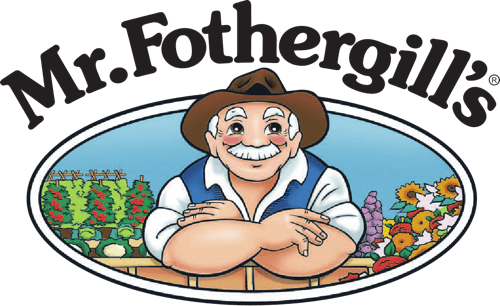








































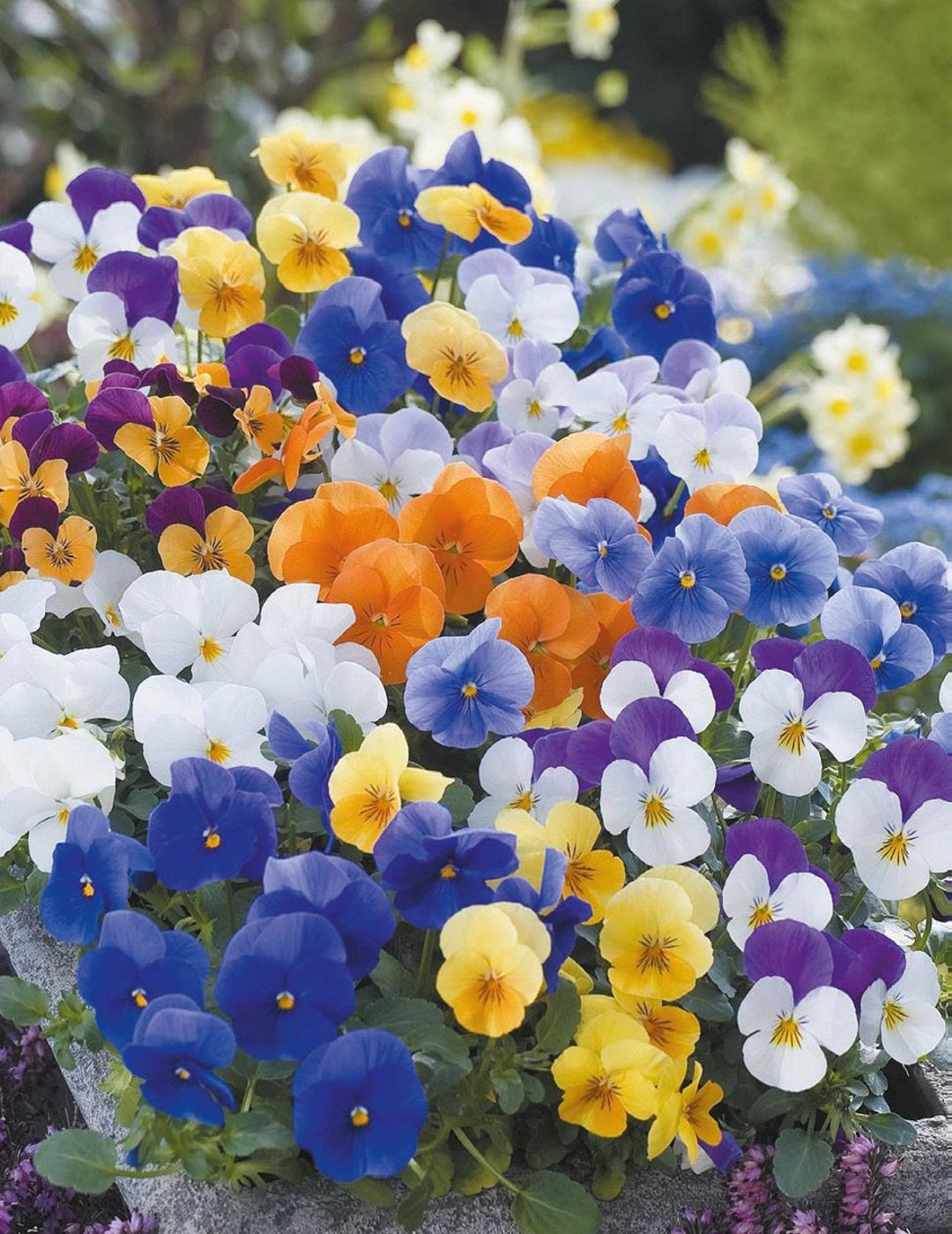
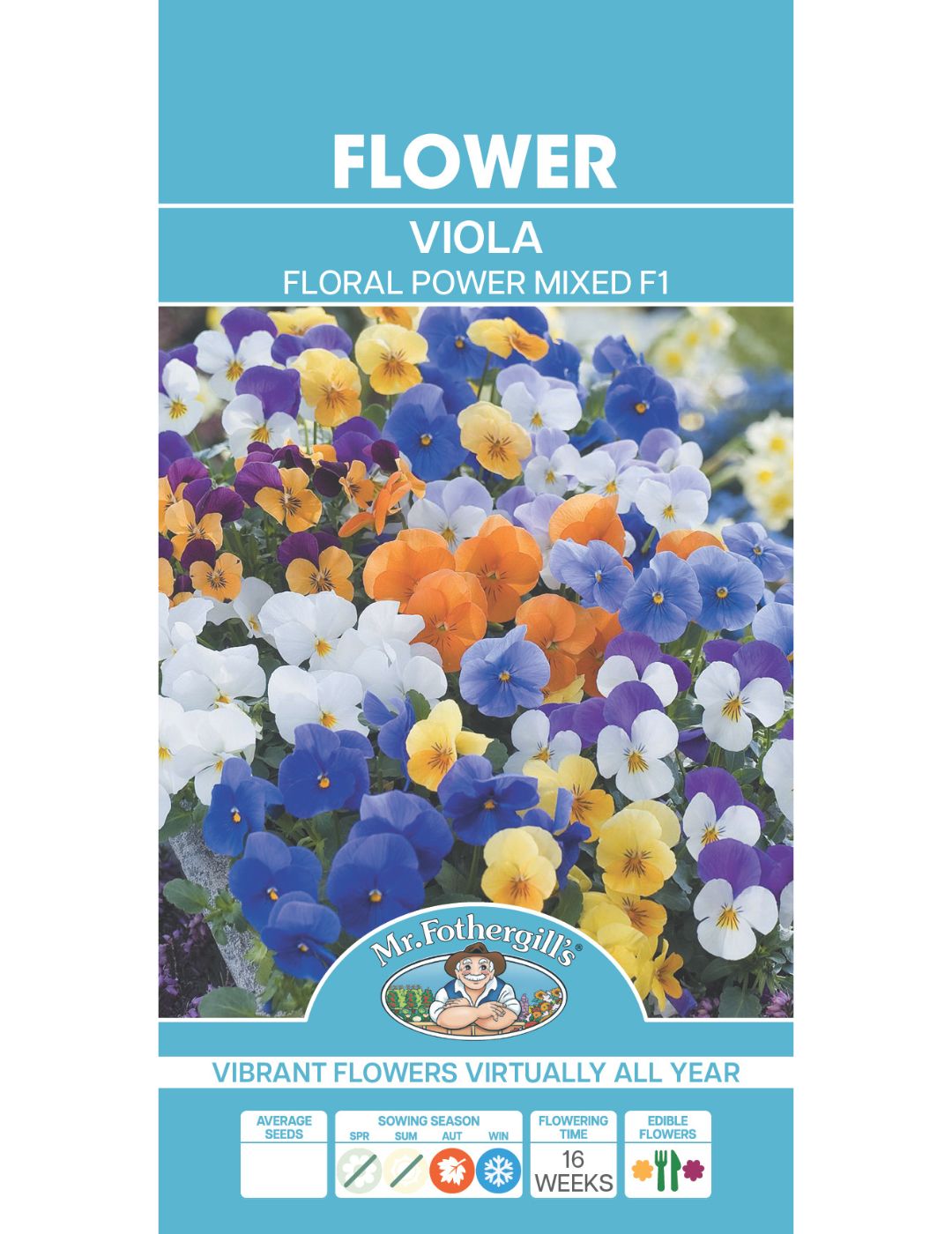
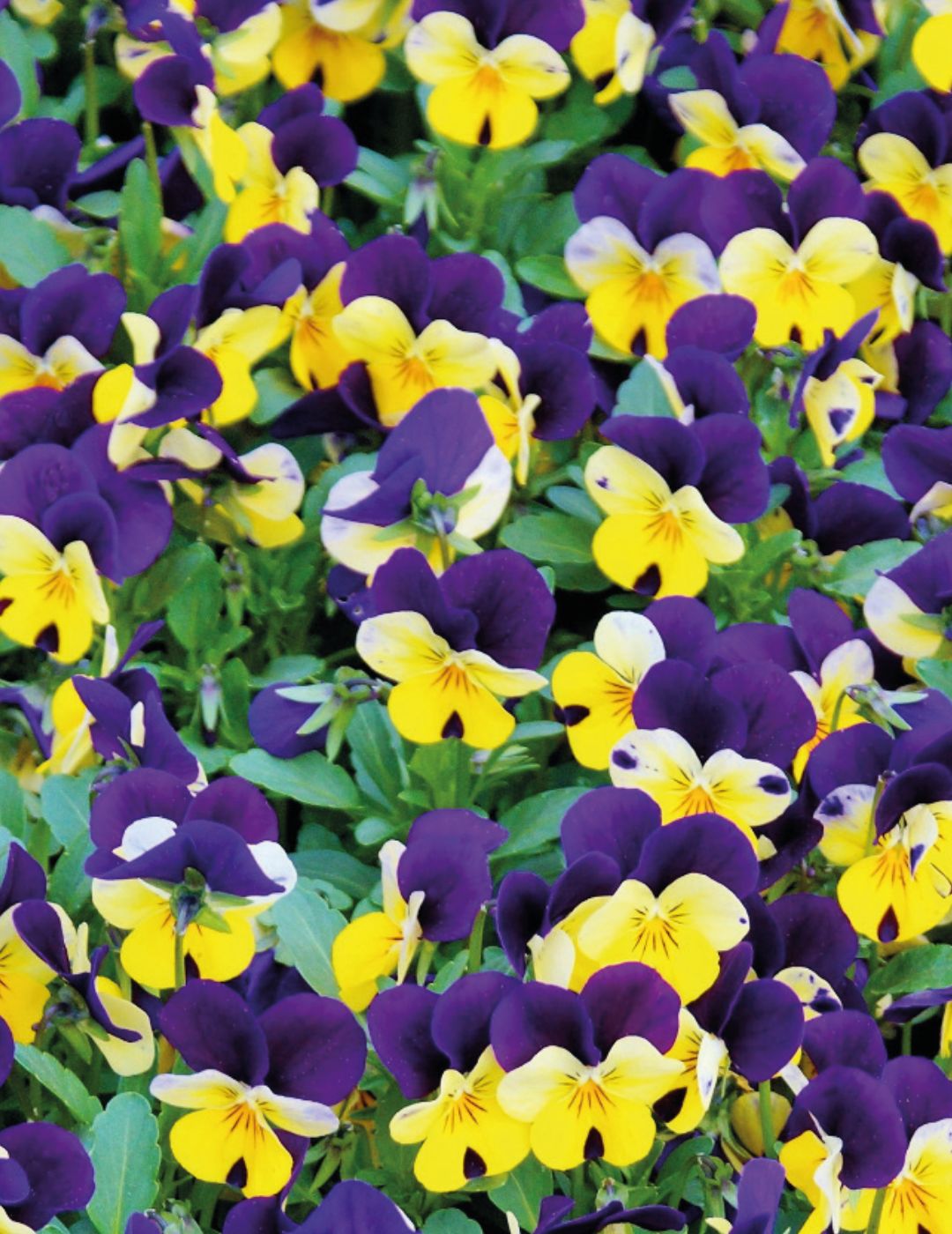
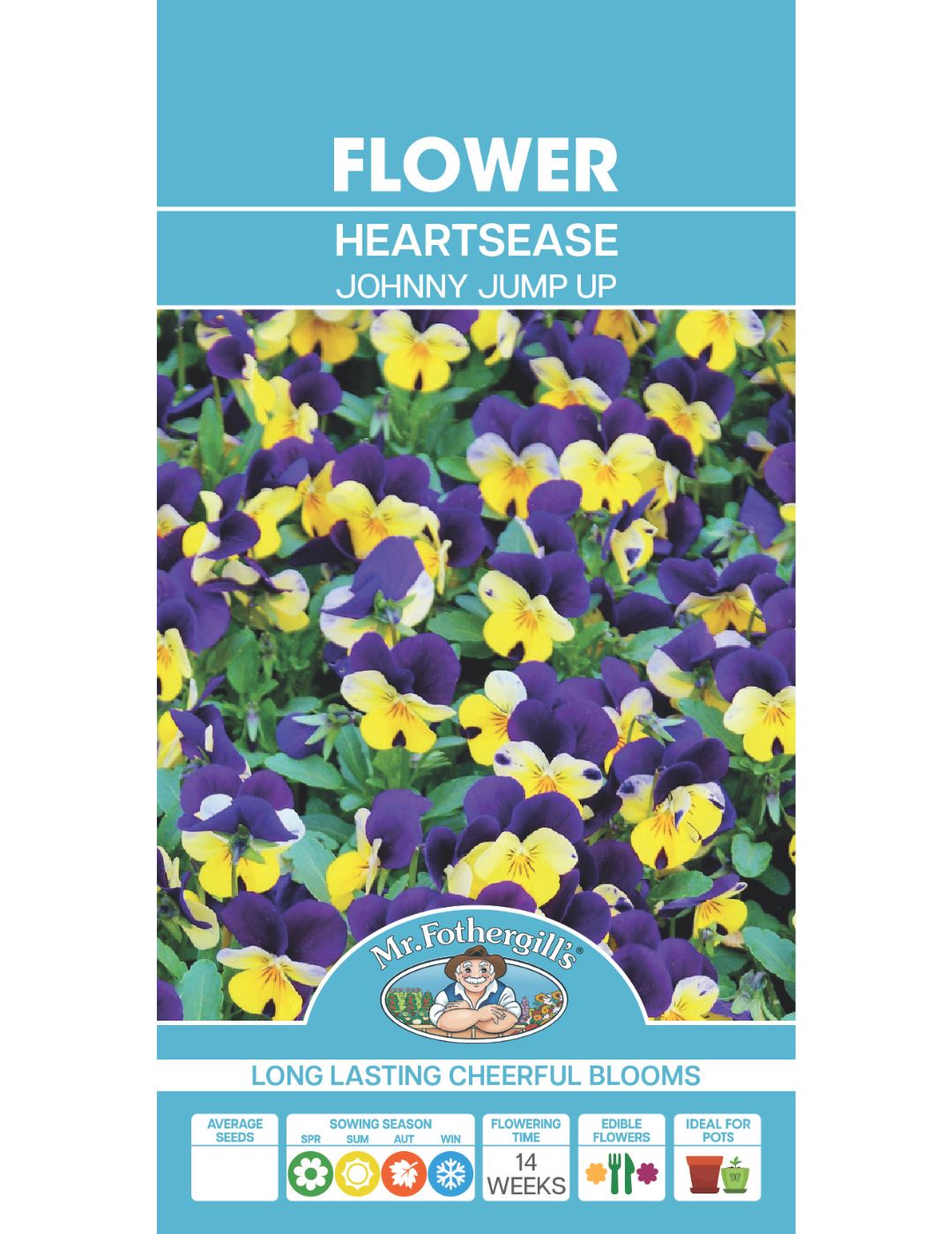
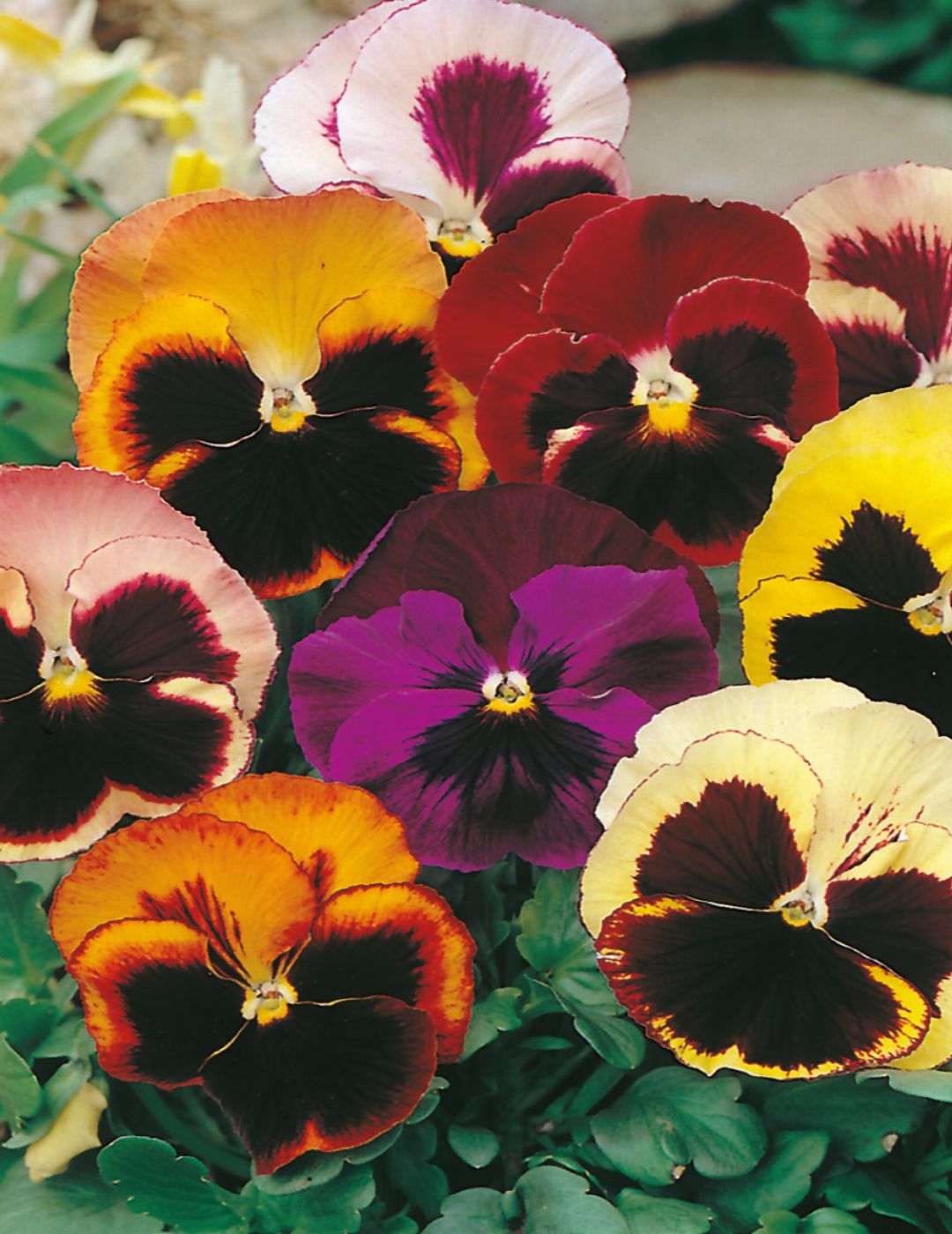
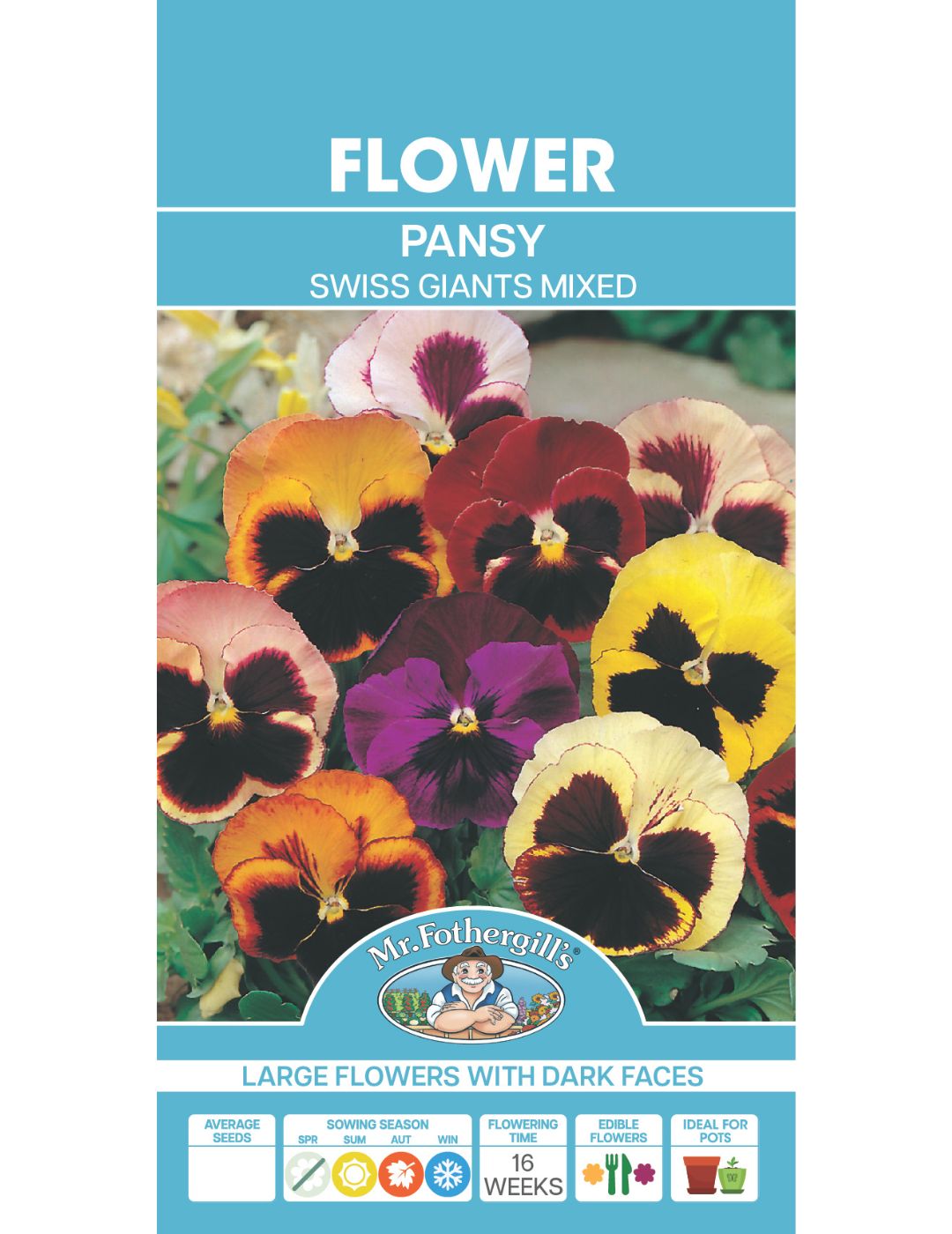
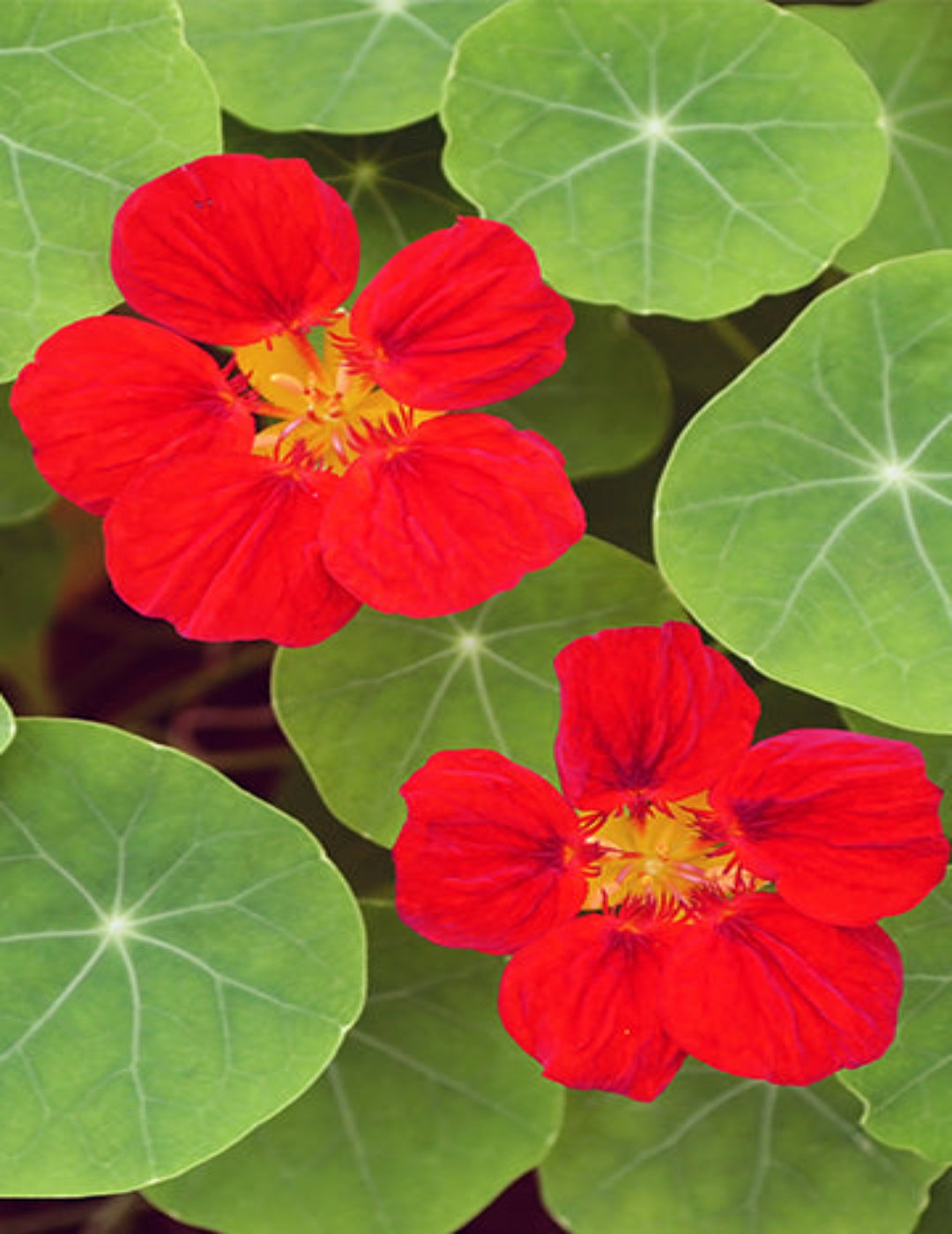
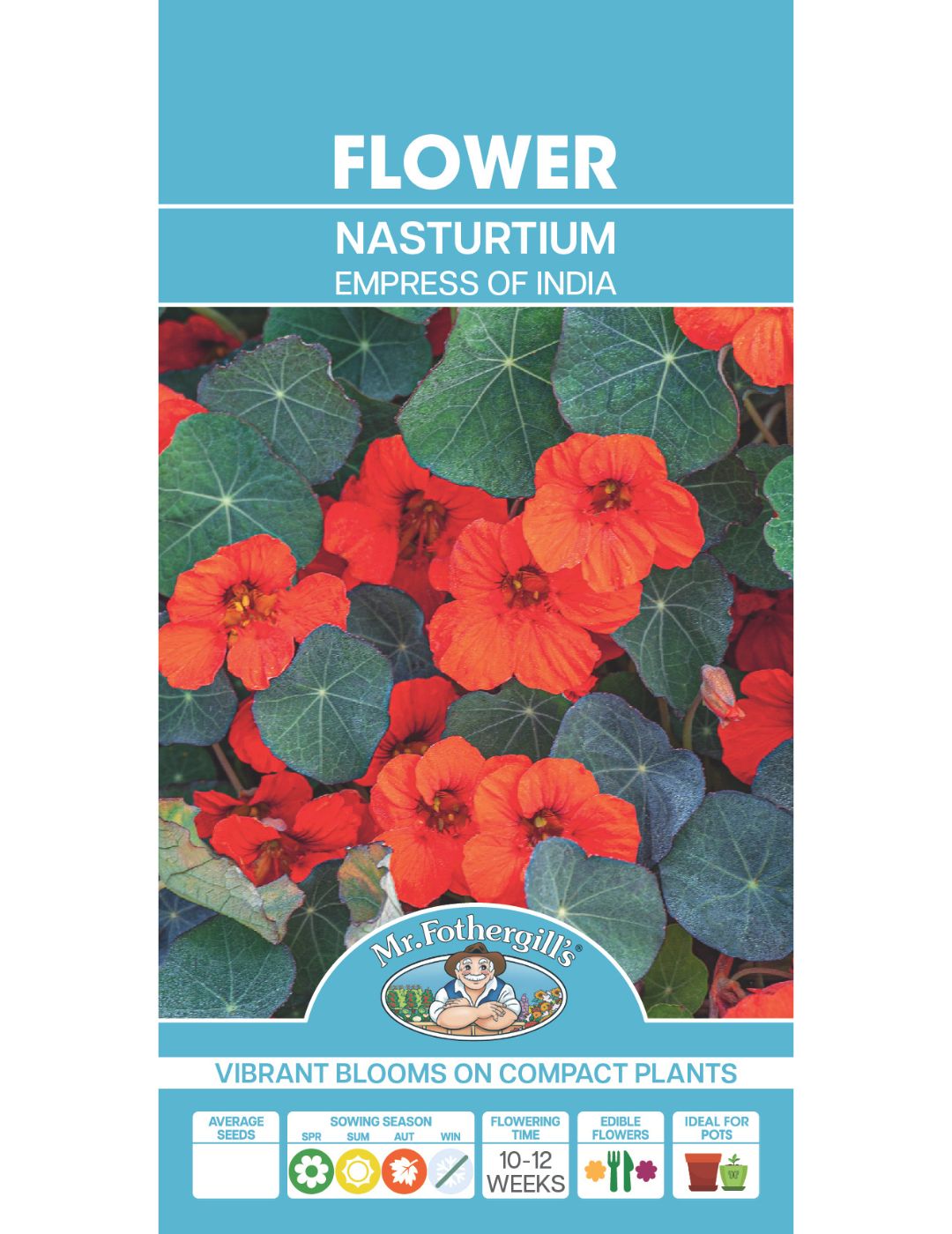
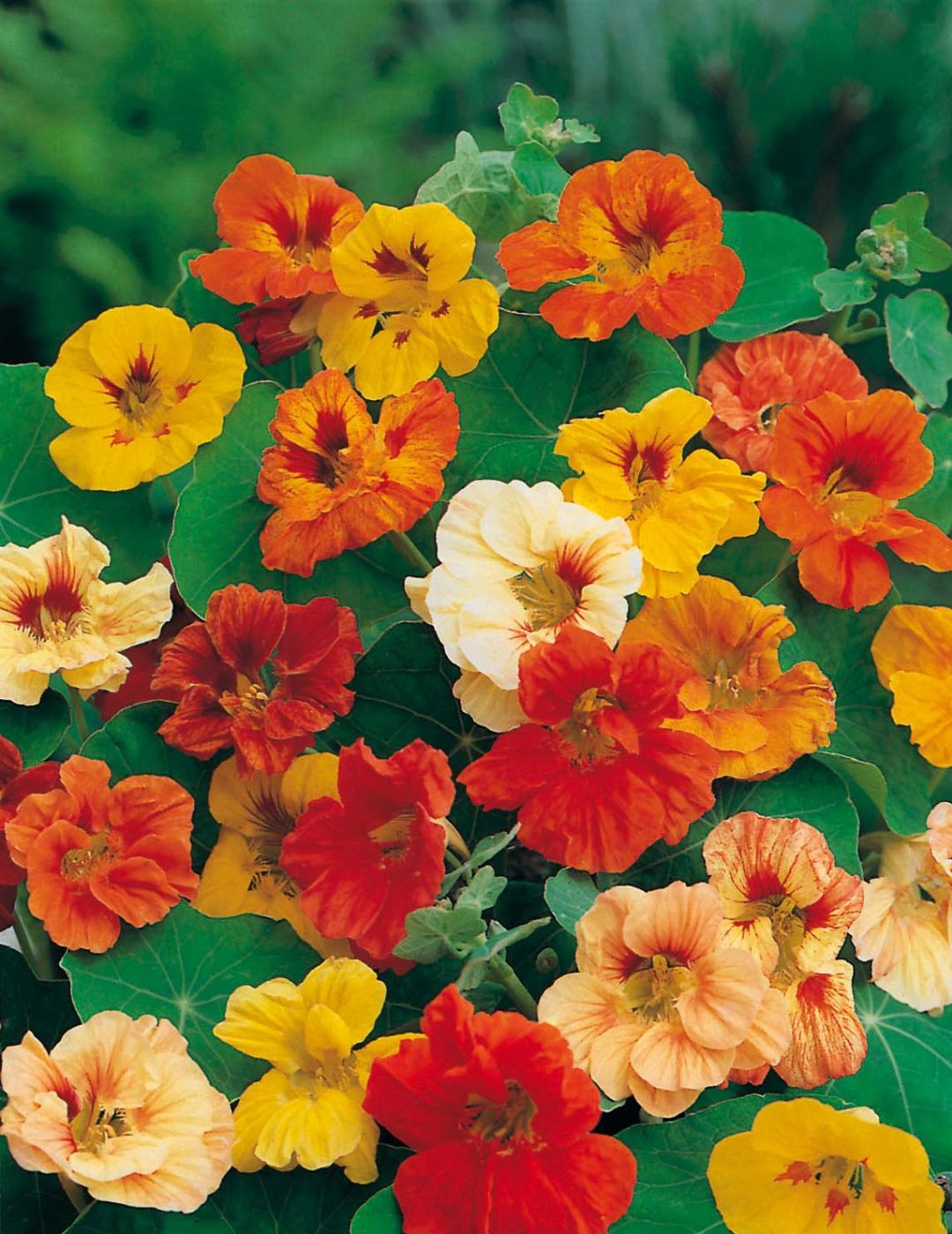
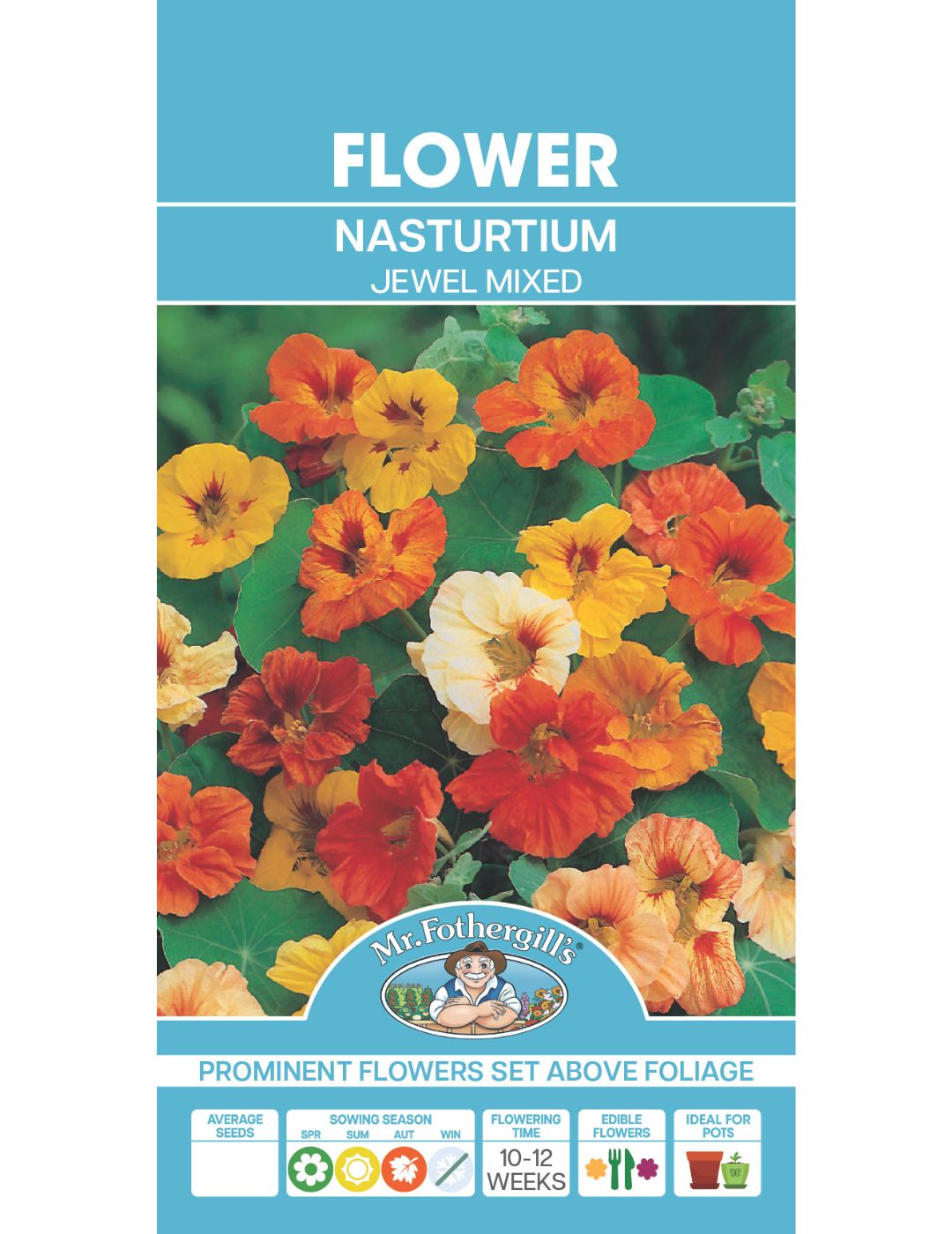
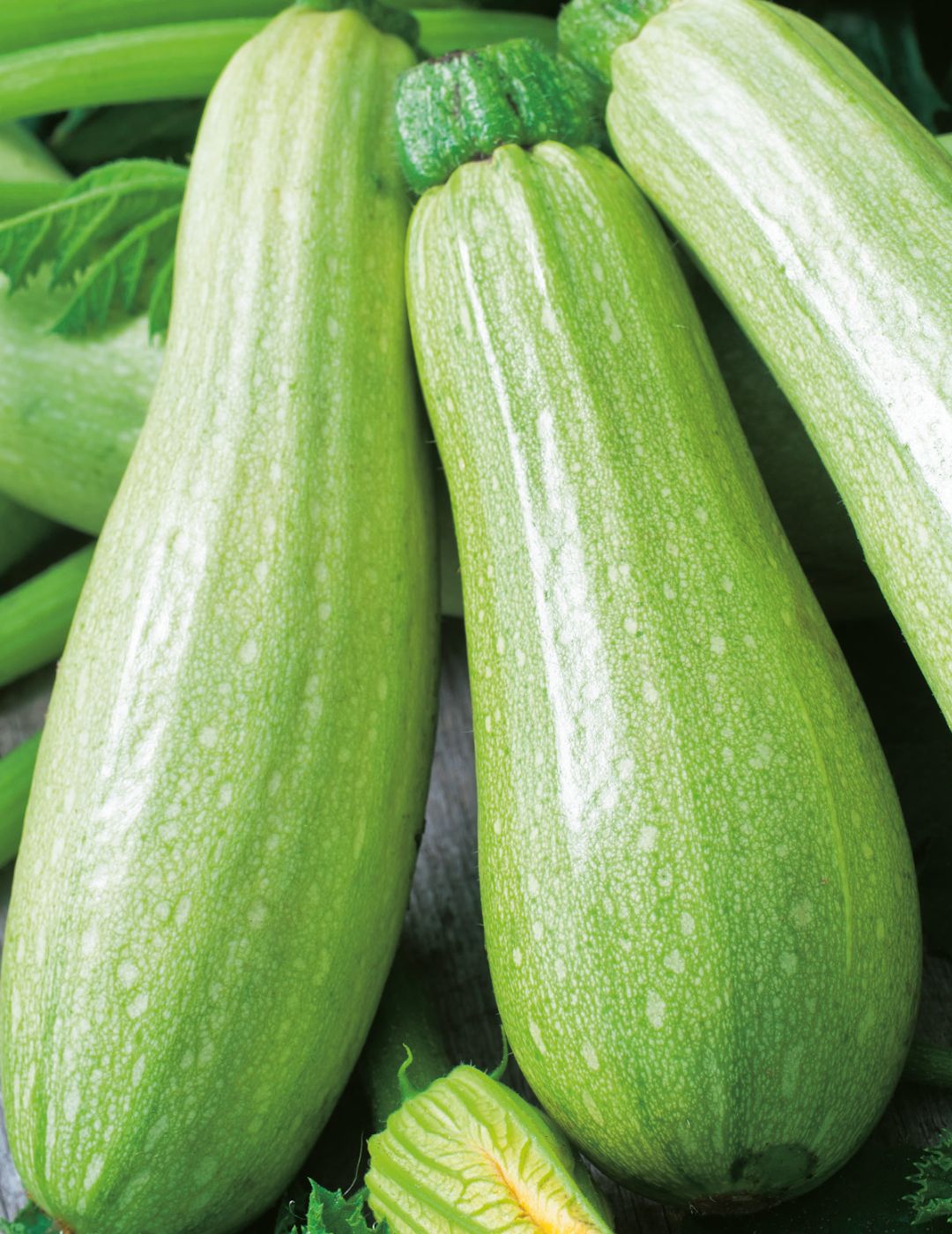
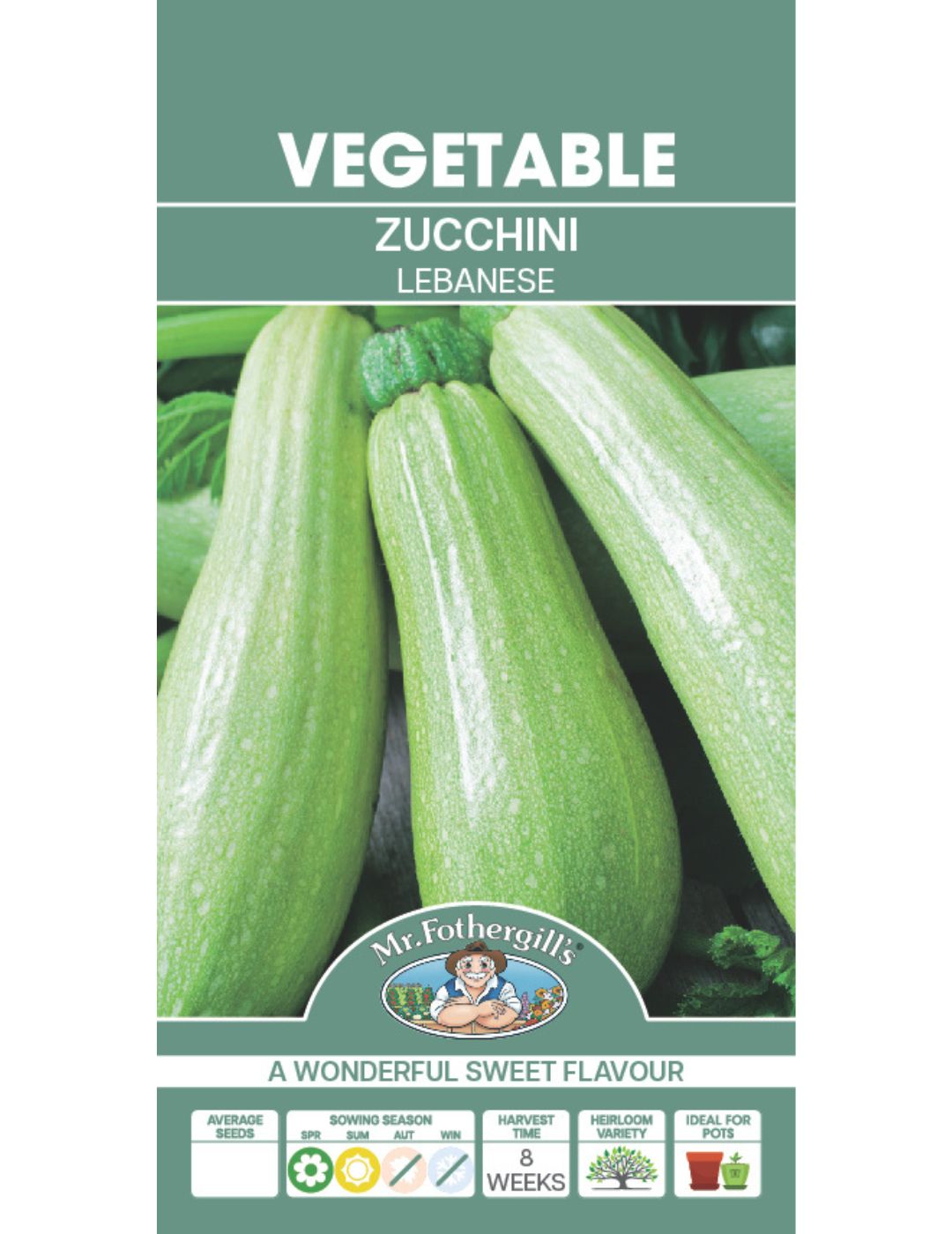
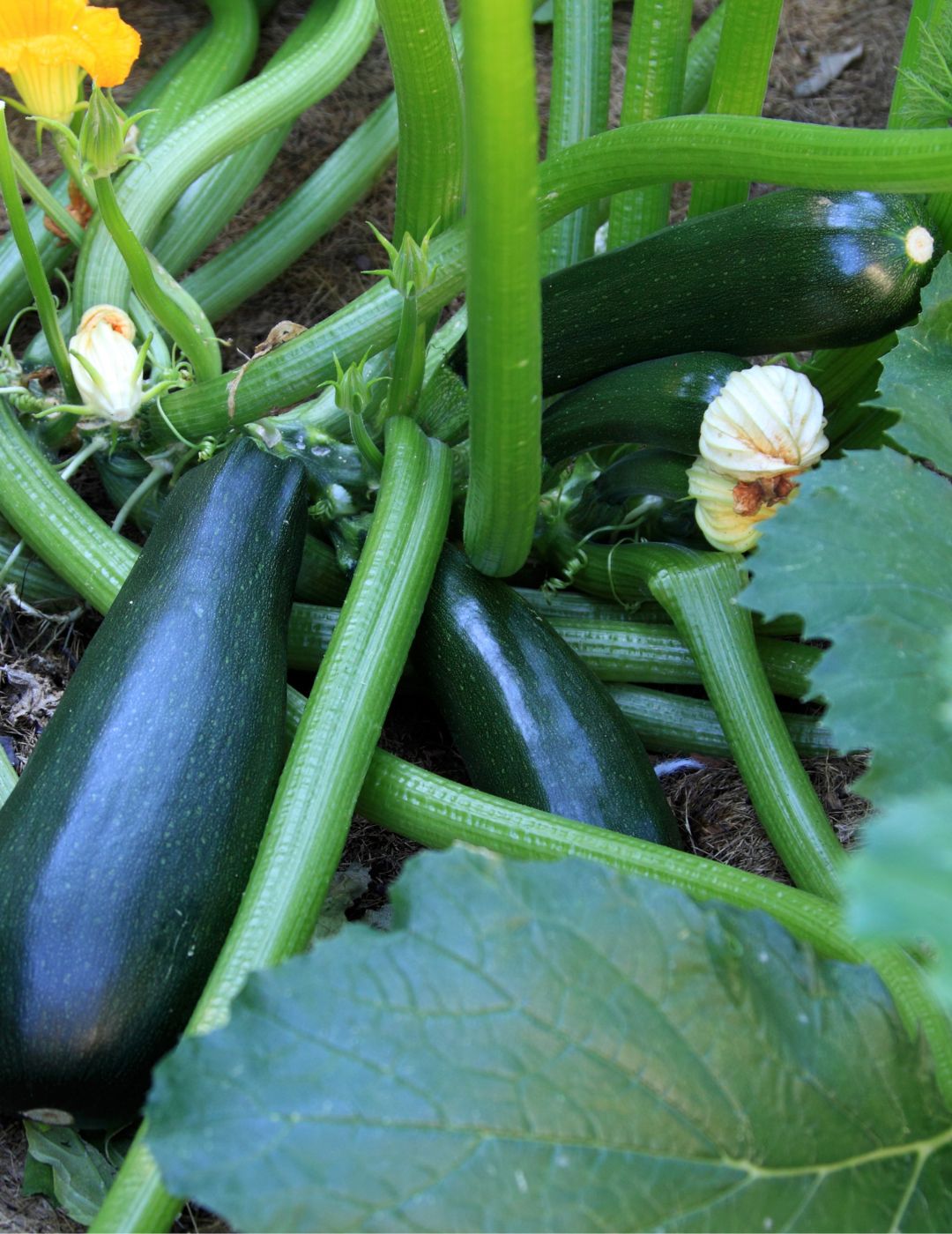
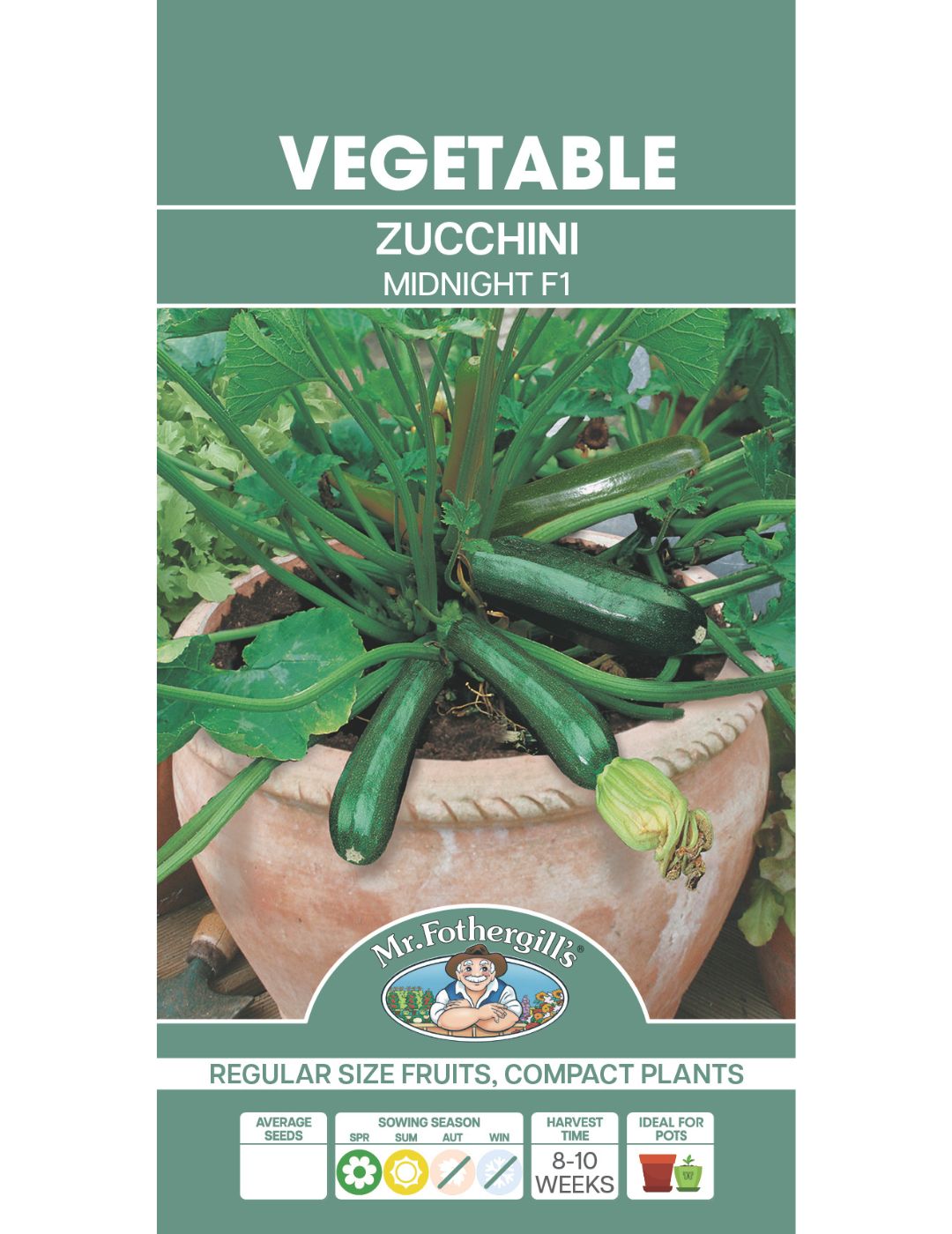
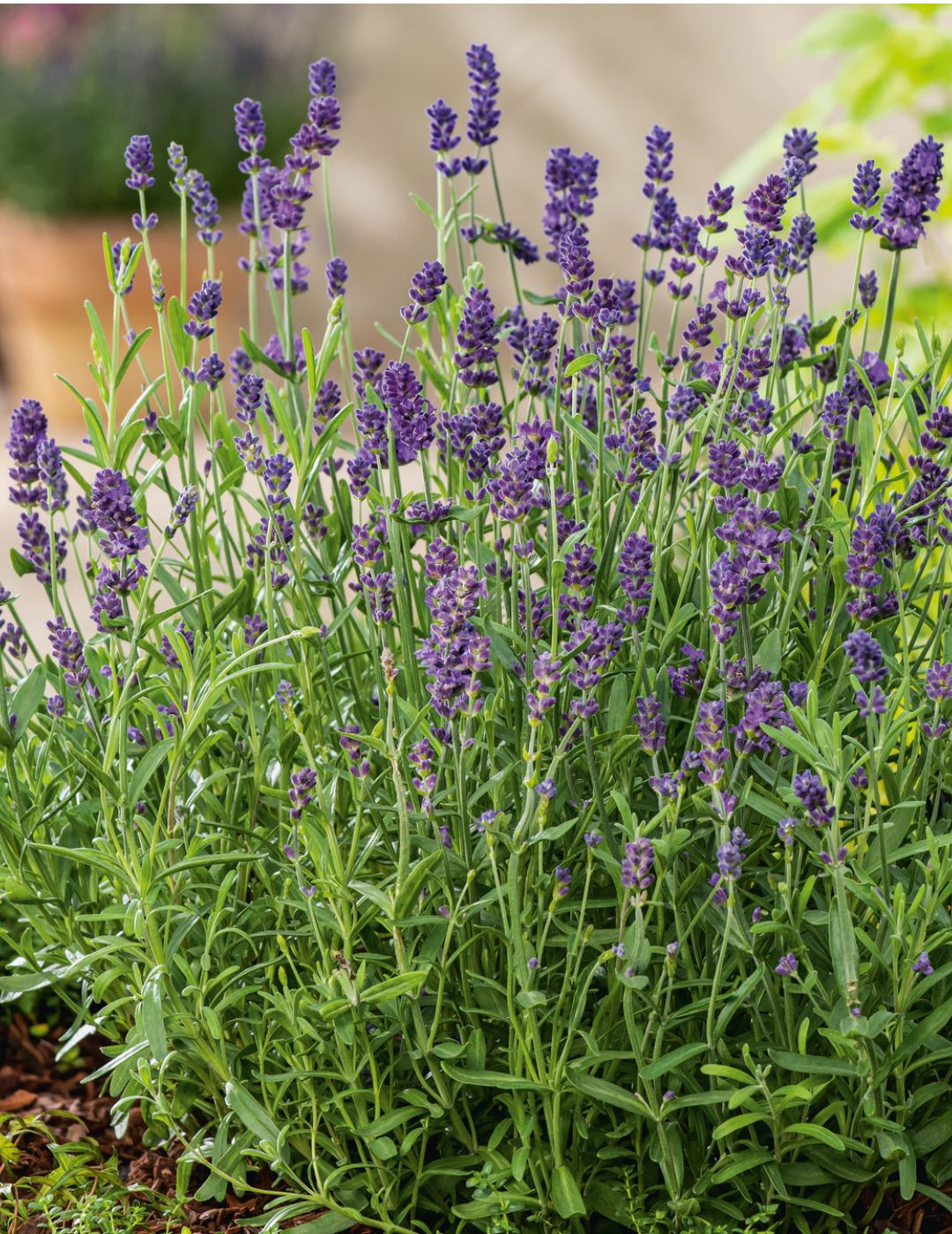
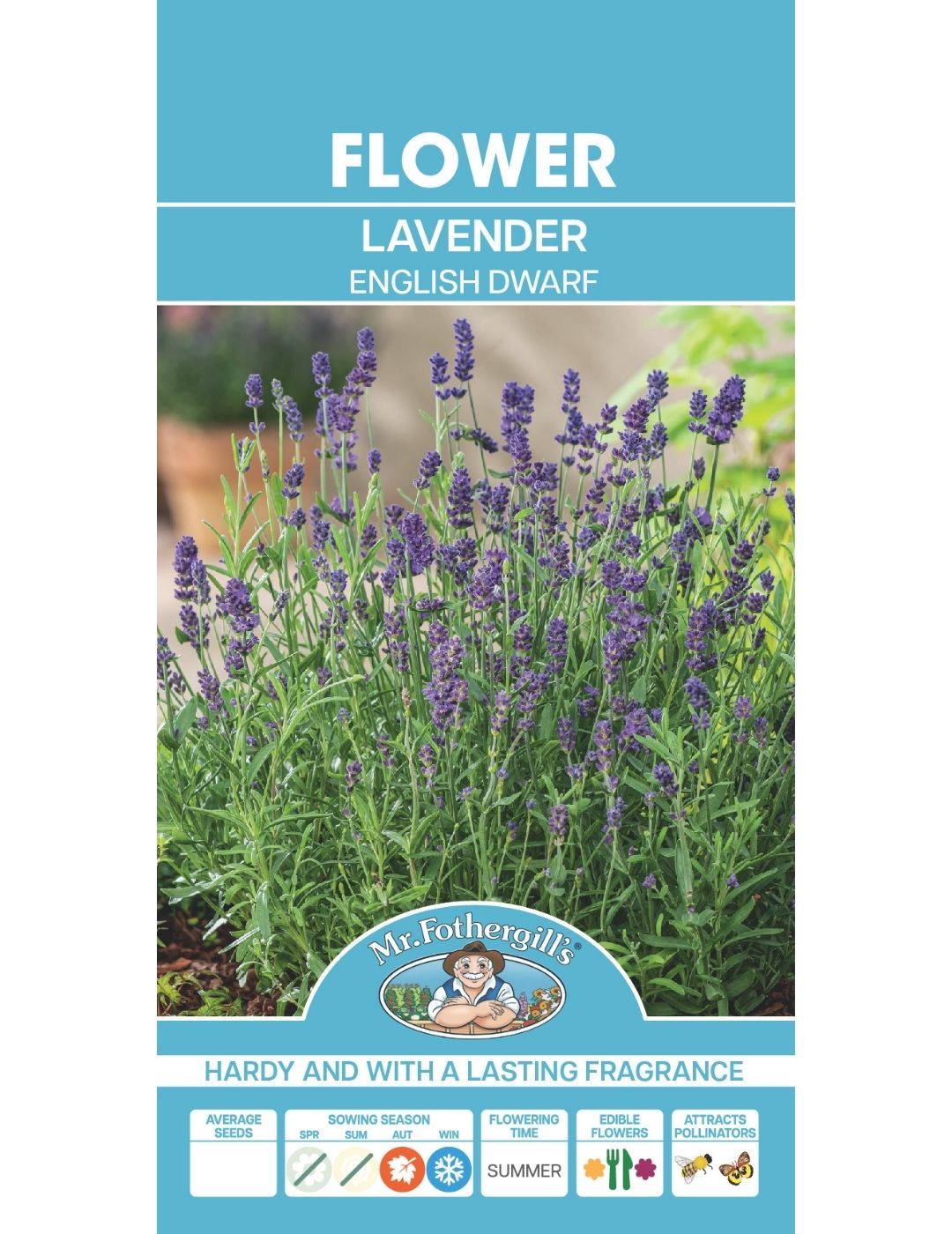
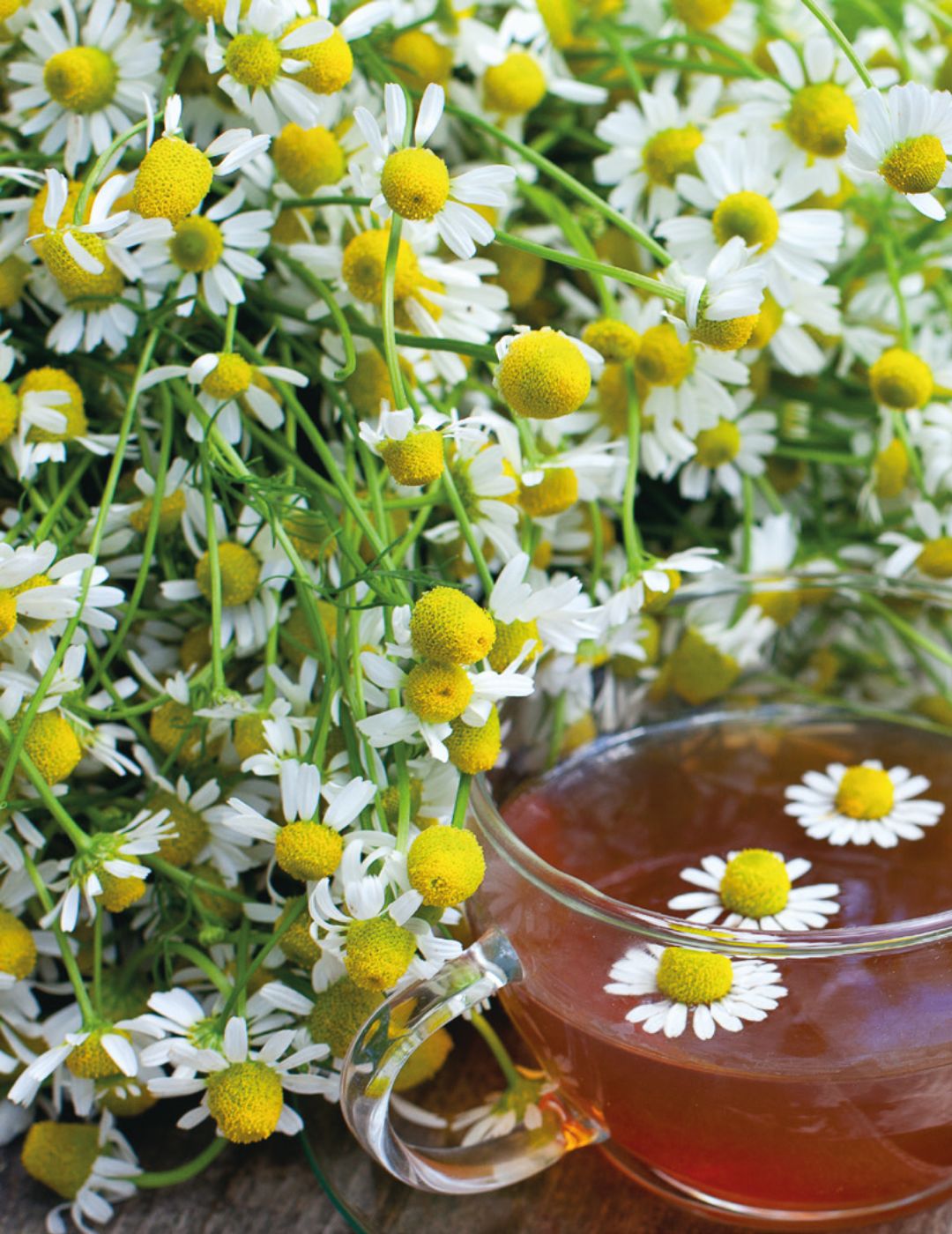
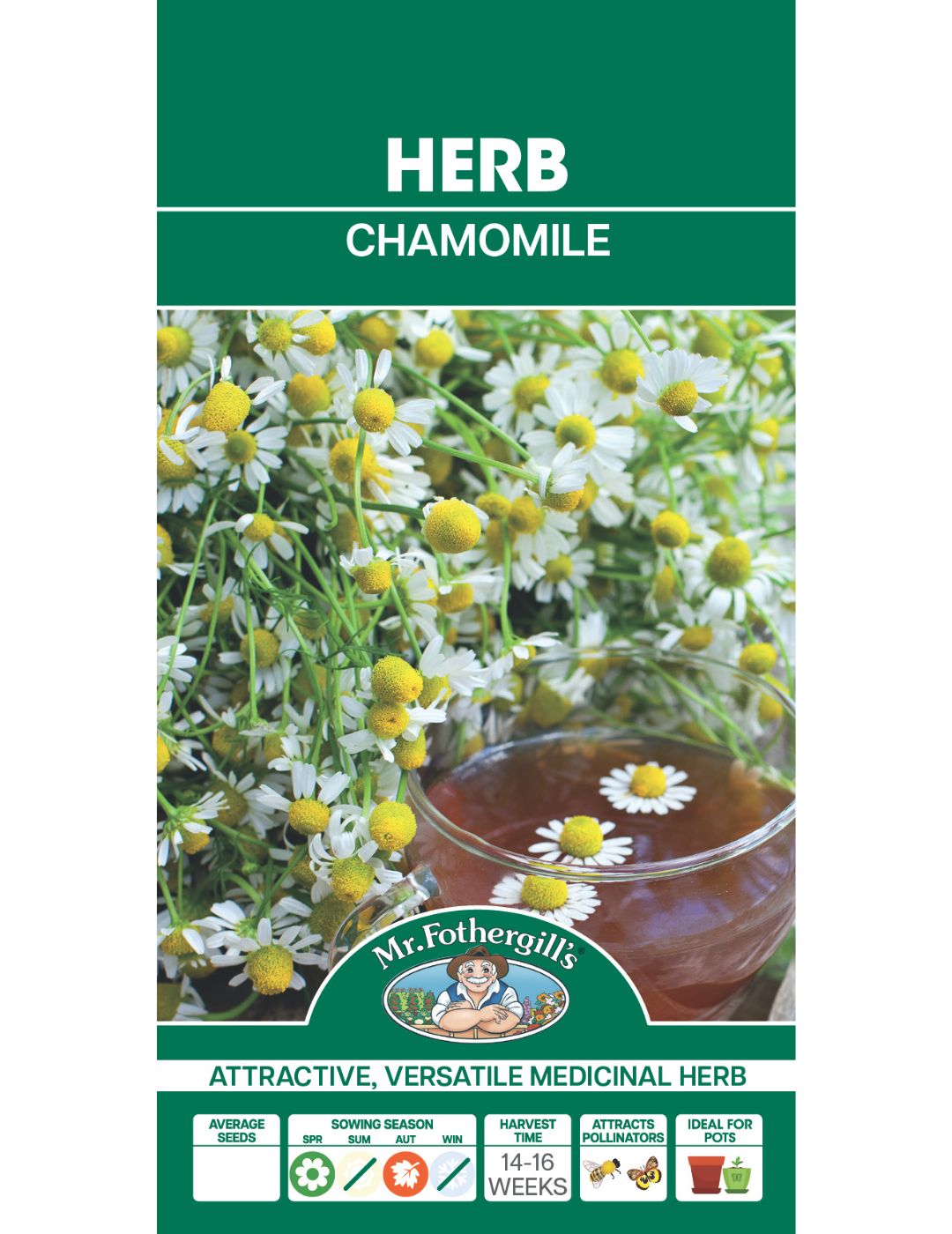
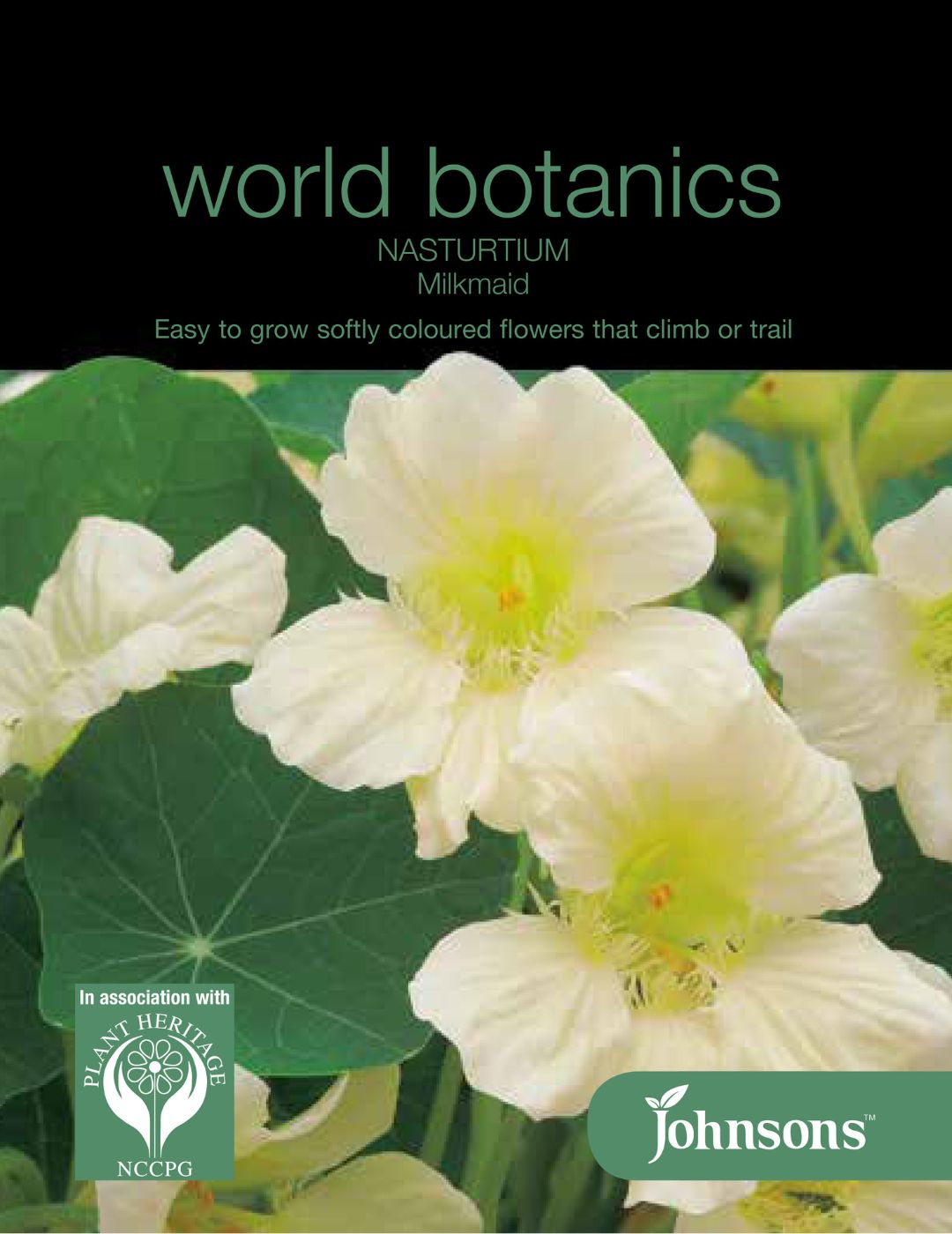
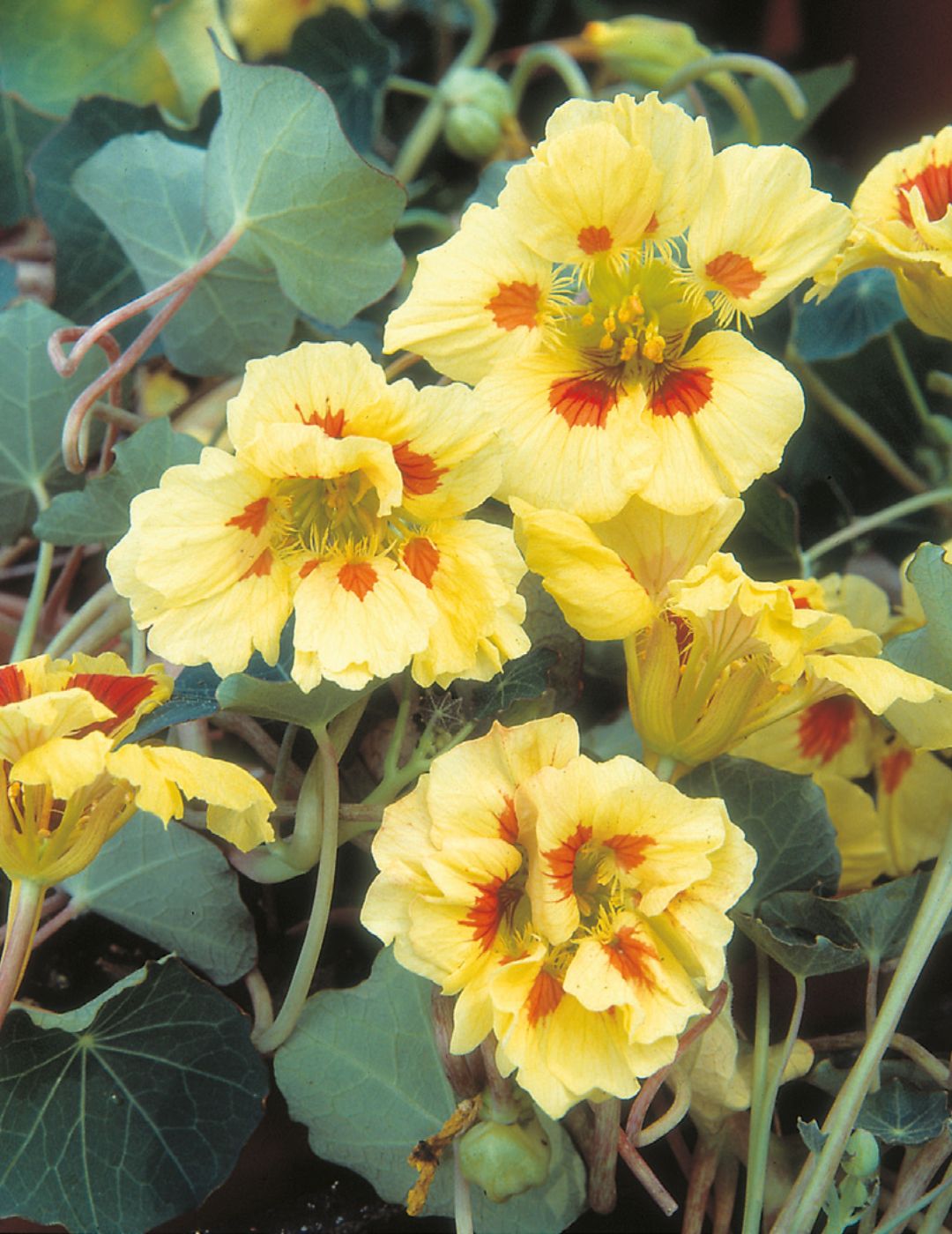
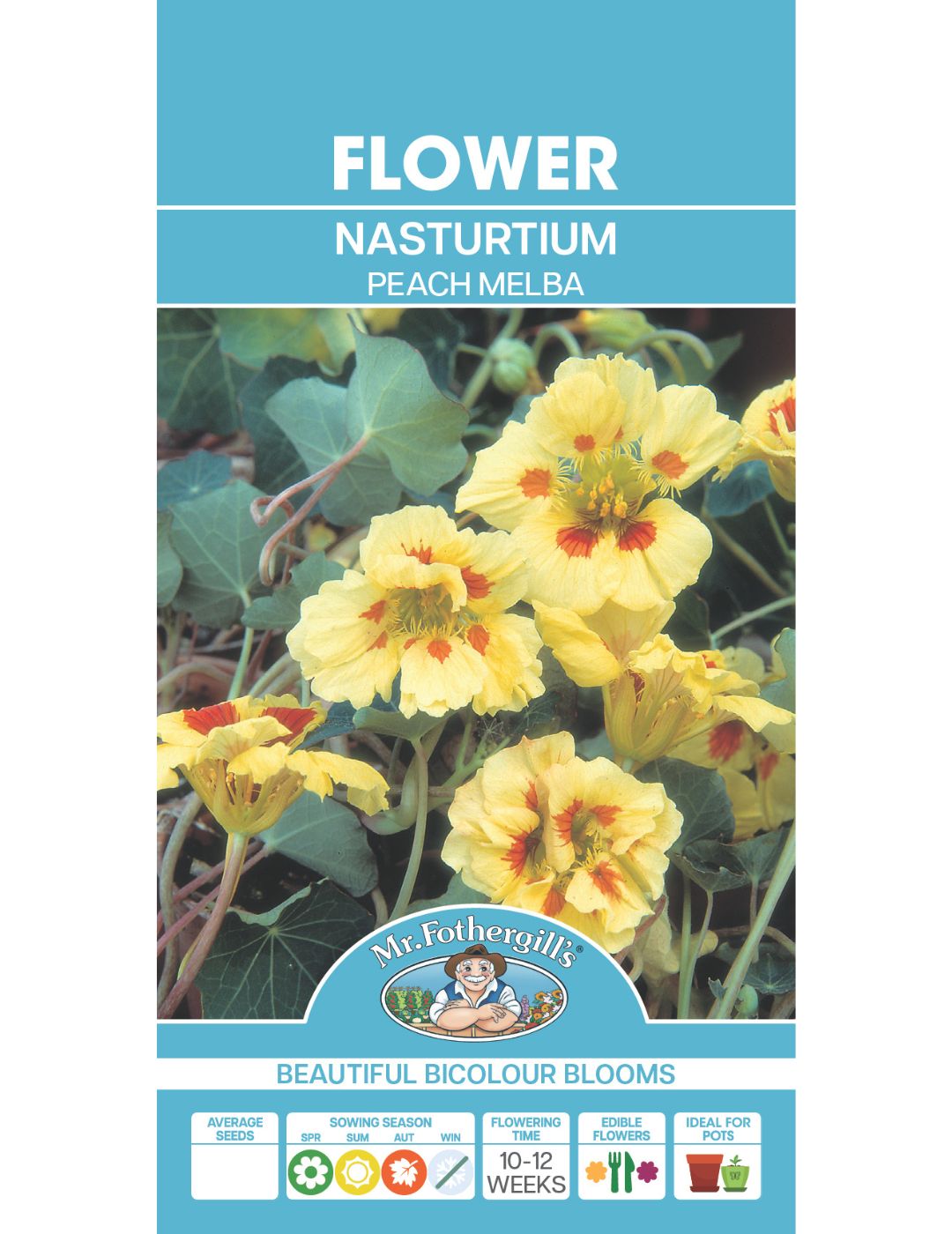
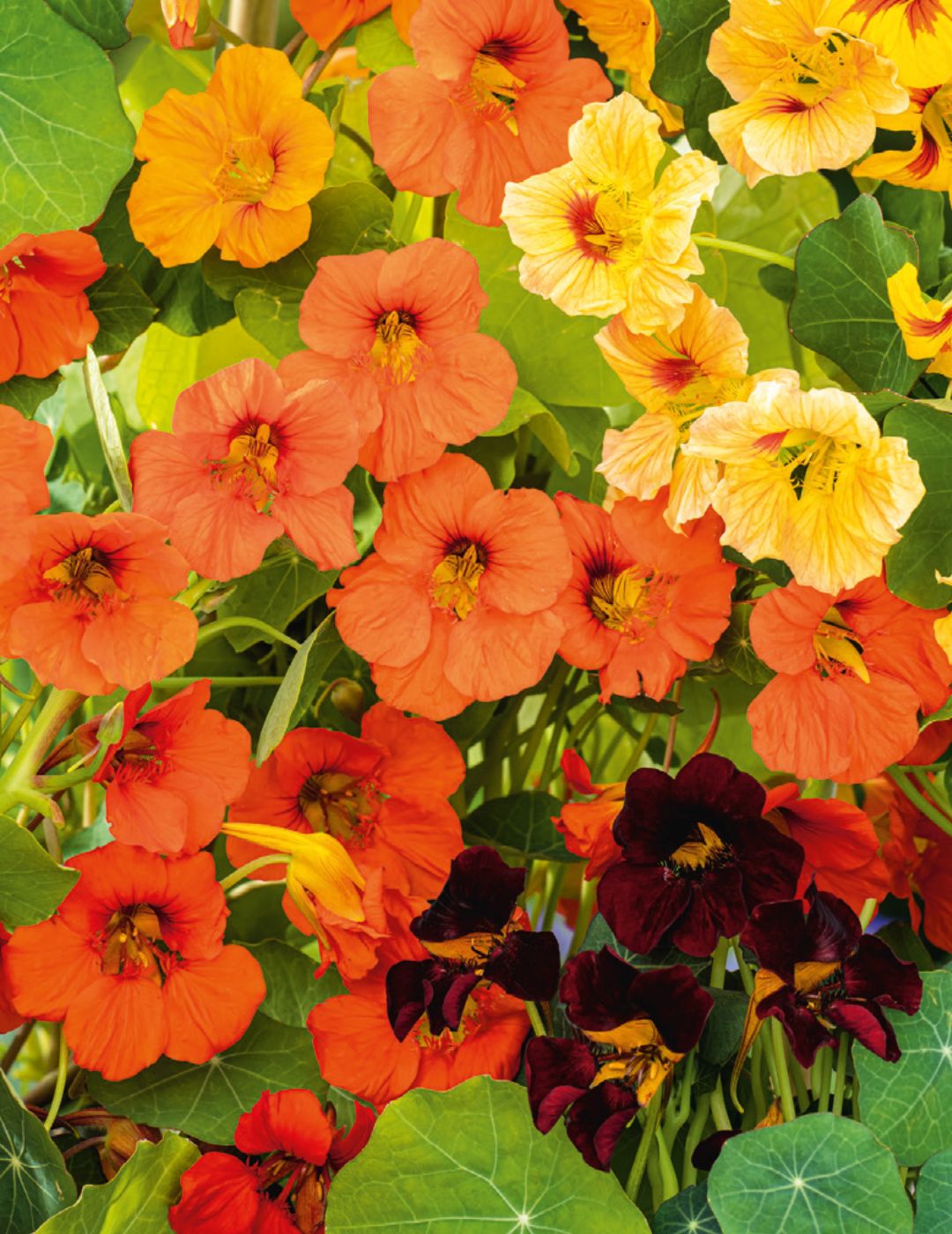
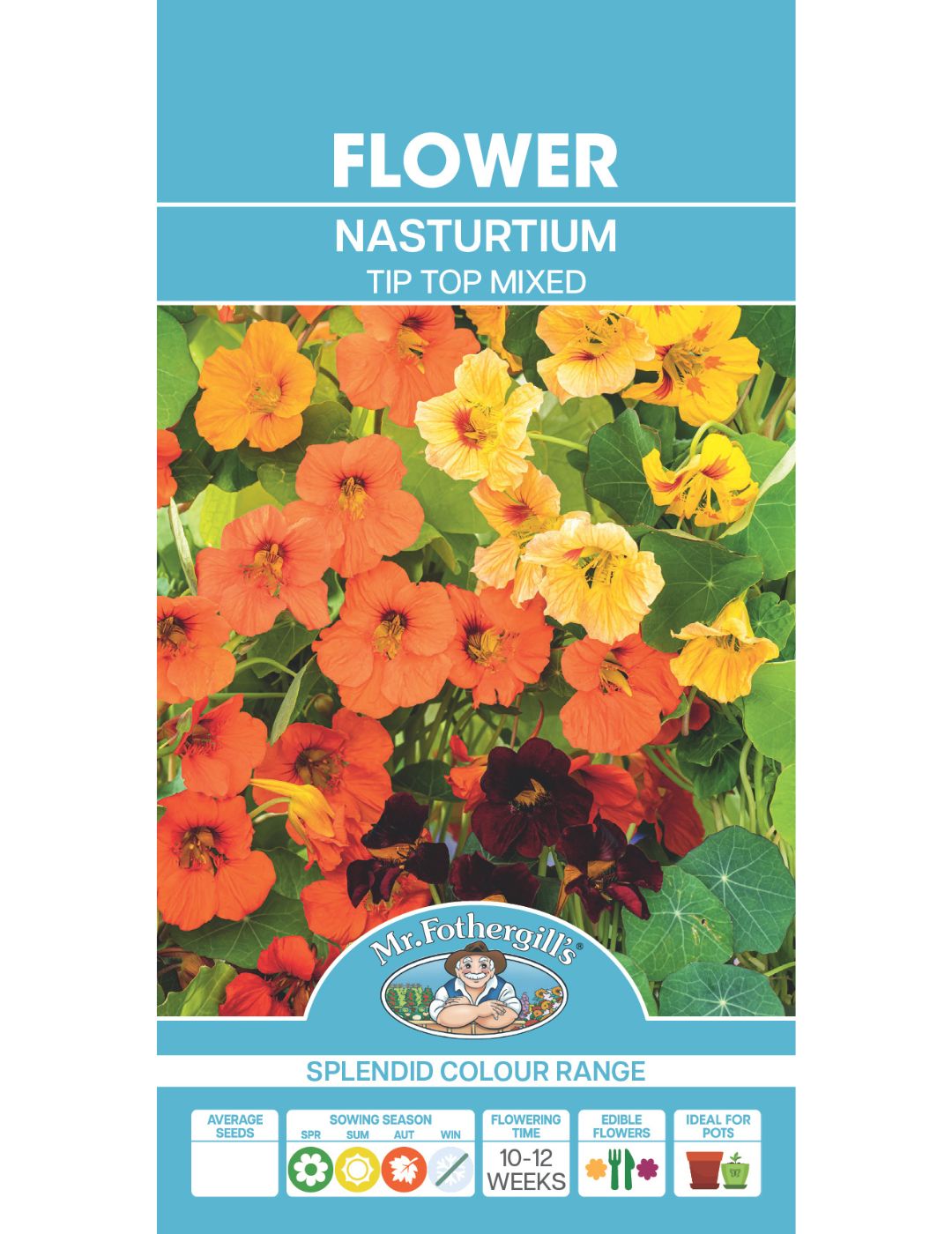
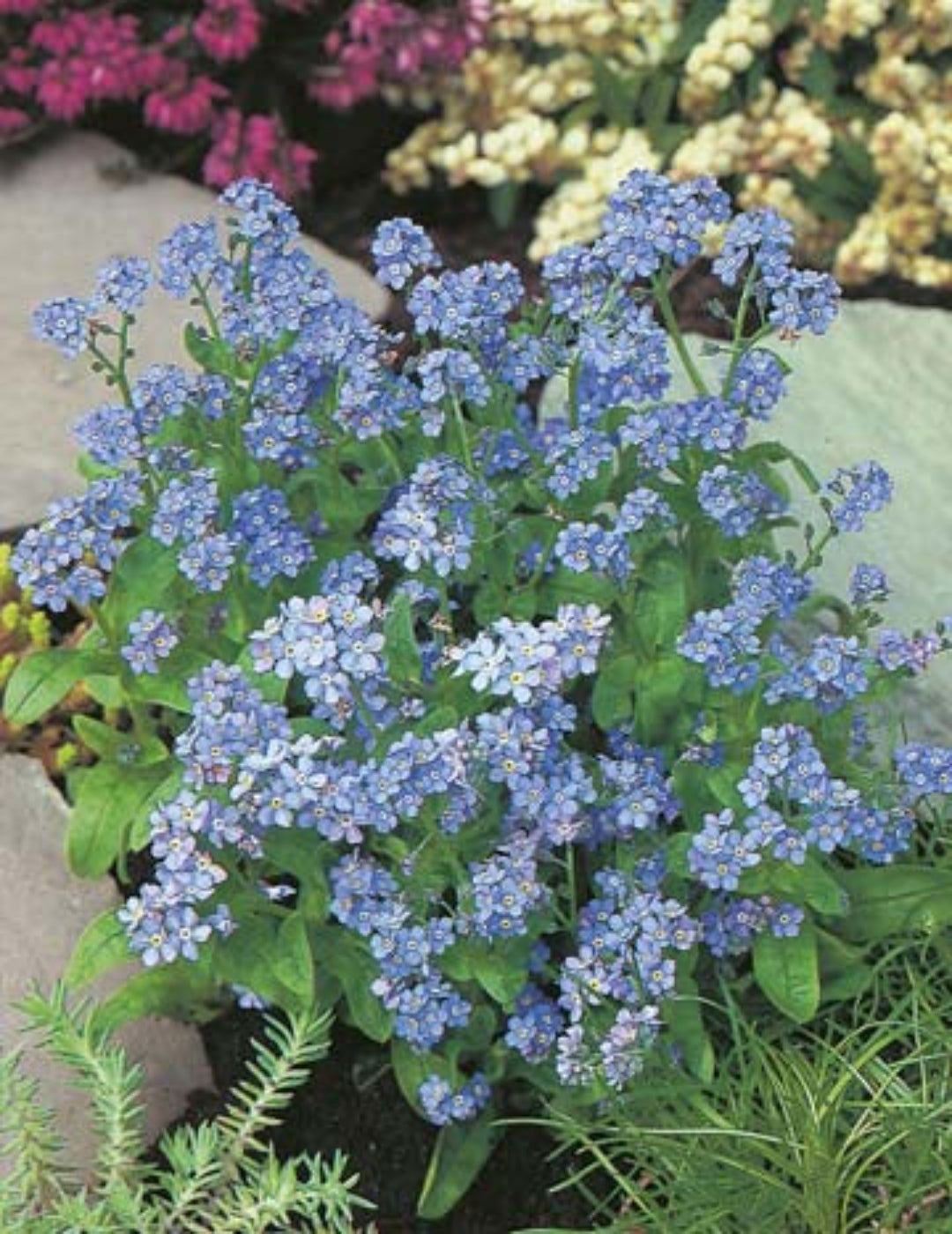
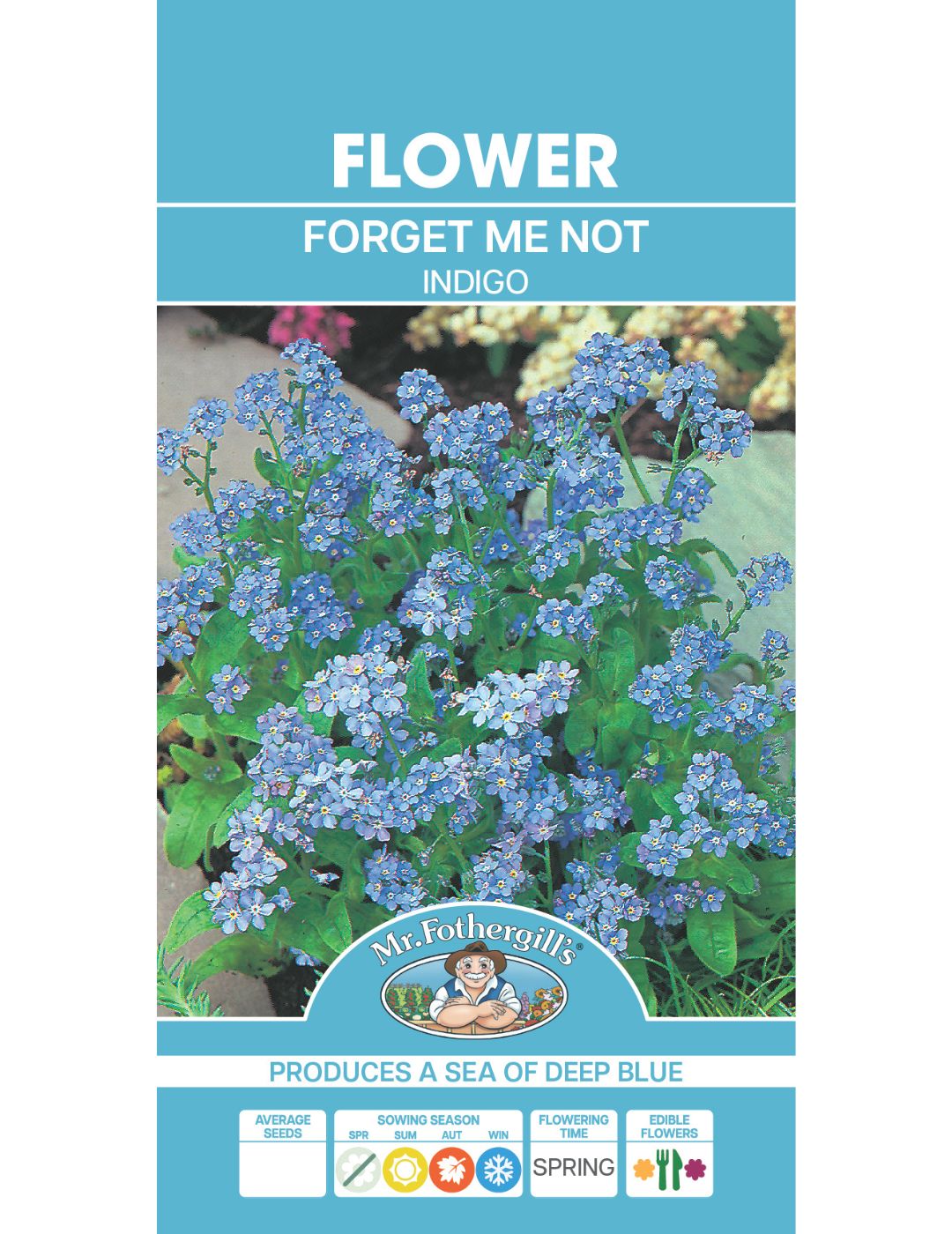

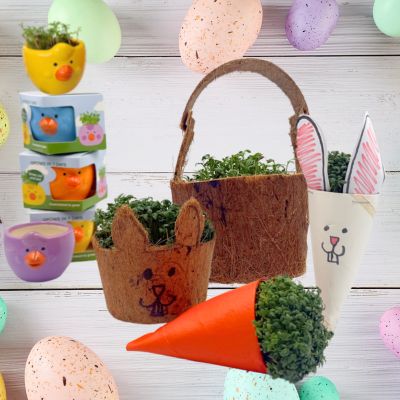


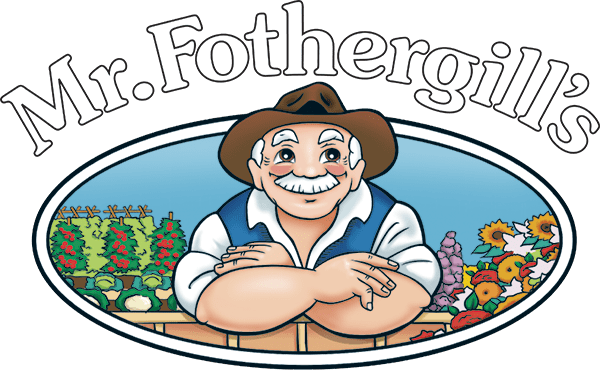
Leave a comment
All comments are moderated before being published.
This site is protected by hCaptcha and the hCaptcha Privacy Policy and Terms of Service apply.